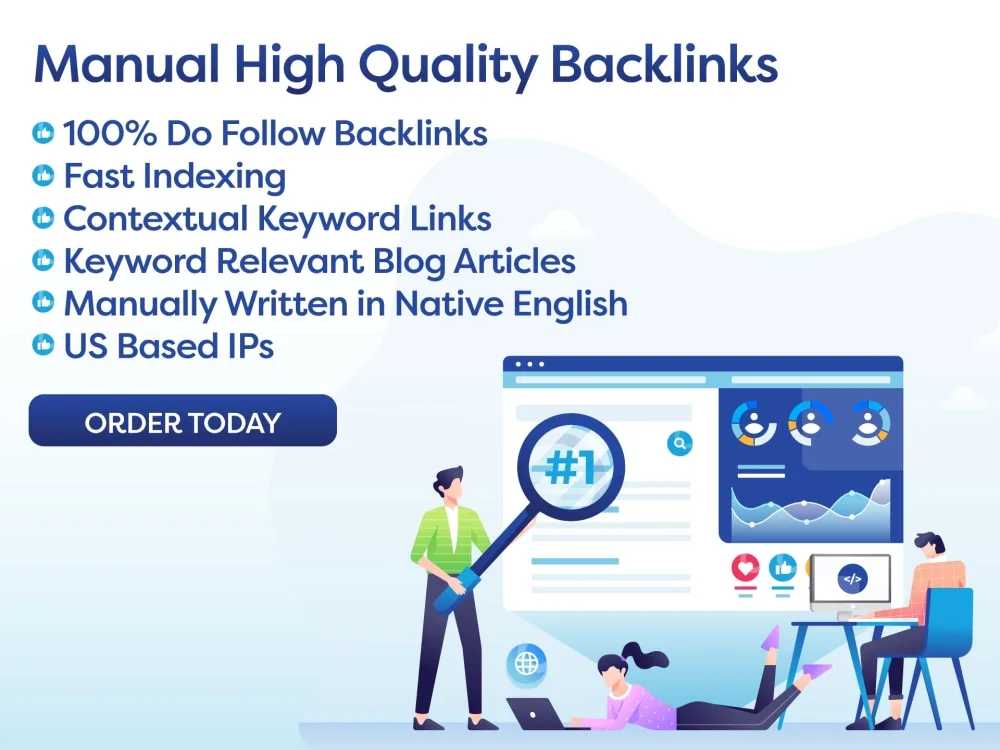To enhance your SEO strategy, it’s crucial to understand user intent and create valuable content that resonates with your audience. User intent refers to the reason behind a user’s search query, with four main types: informational, navigational, commercial, and transactional. Using keyword research tools like SEMrush or Ahrefs can help identify user intent and optimize content accordingly. Creating high-quality, relevant content that addresses user needs and desires is key for SEO success. Monitoring user behavior and analyzing metrics can help refine content strategies, leading to better SEO results. Making data-driven decisions based on performance analytics is essential for continuously improving your SEO efforts.
Excerpt: Enhance your SEO strategy by understanding user intent and creating valuable content that resonates with your audience’s needs and desires.
Introduction:
For SEO beginners, understanding user intent and creating valuable content are key components of a successful digital marketing strategy. By optimizing your website and content for what users are actually searching for, you can increase your visibility in search results and attract more organic traffic. In this article, we will explore how user intent impacts SEO and how you can create content that meets the needs and desires of your target audience.
Key Takeaways:
- Understanding User Intent:
- Recognizing the different types of user intent (informational, navigational, commercial, transactional).
- Using keyword research tools to identify user intent behind search queries.
- Creating Valuable Content:
- Understanding the importance of high-quality, relevant content for SEO.
- Incorporating user intent into content creation strategies.
- Optimizing for User Intent:
- Tailoring your keyword selection and content structure to align with user intent.
- Monitoring and analyzing user behavior to refine your content strategy.
- Measuring Success:
- Utilizing analytics tools to track the performance of your content.
- Making data-driven decisions to improve SEO efforts.
Understanding User Intent:
User intent refers to the reason behind a user’s search query. There are four main types of user intent: informational, navigational, commercial, and transactional. Informational intent is when a user is looking for information on a specific topic, navigational intent is when a user is looking for a specific website or webpage, commercial intent is when a user is researching products or services, and transactional intent is when a user is ready to make a purchase. By understanding the different types of user intent, you can tailor your content to meet the needs of your target audience.
To identify user intent behind search queries, you can use keyword research tools such as SEMrush or Ahrefs. These tools provide valuable insights into the search volume and competition for specific keywords, as well as the user intent behind them. By conducting thorough keyword research, you can align your content with the intent of the users you are targeting, helping you to rank higher in search results and attract more organic traffic to your website.
Creating Valuable Content:
Creating valuable content is essential for SEO success. High-quality, relevant content that meets the needs and desires of your target audience will not only attract more organic traffic to your website but also keep users engaged and coming back for more. When creating content, it’s important to consider user intent and tailor your messaging to resonate with your target audience.
Incorporating user intent into your content creation strategy involves understanding the pain points, questions, and desires of your target audience. By addressing these needs in your content, you can establish yourself as an authority in your niche and build trust with your audience. Additionally, creating well-researched and informative content that adds value to your users will increase the likelihood of your content being shared and linked to by other websites, further boosting your SEO efforts.
Optimizing for User Intent:
To optimize your content for user intent, you need to tailor your keyword selection and content structure to align with the needs of your target audience. This involves using long-tail keywords that reflect the specific intent behind search queries, as well as structuring your content in a way that answers the questions and addresses the pain points of your users. By creating content that directly addresses the intent behind search queries, you can improve your chances of ranking higher in search results and attracting more organic traffic to your website.
Monitoring and analyzing user behavior is also crucial for optimizing your content for user intent. By tracking metrics such as bounce rate, time on page, and click-through rate, you can gain valuable insights into how users are interacting with your content and make data-driven decisions to refine your content strategy. By continually iterating and improving your content based on user feedback and behavior, you can ensure that your content remains relevant and valuable to your target audience, ultimately boosting your SEO efforts.
Measuring Success:
In order to measure the success of your content strategy, it’s important to utilize analytics tools such as Google Analytics or SEMrush. These tools provide valuable insights into how users are interacting with your content, as well as key metrics such as traffic volume, conversion rates, and engagement levels. By tracking and analyzing these metrics, you can gain a better understanding of what is working well and what can be improved upon in your content strategy.
Making data-driven decisions to improve your SEO efforts involves analyzing the performance of your content and using that data to inform future content creation strategies. By identifying patterns and trends in user behavior, you can optimize your content to better meet the needs and desires of your target audience, ultimately increasing the effectiveness of your SEO efforts. By continuously monitoring and analyzing the performance of your content, you can make informed decisions to refine your SEO strategy and drive better results.
Action Plan:
- Conduct thorough keyword research to identify the user intent behind search queries.
- Tailor your content to address the needs and desires of your target audience.
- Monitor user behavior and analyze key metrics to refine your content strategy.
- Continuously measure the performance of your content and make data-driven decisions to improve your SEO efforts.
Conclusion:
In conclusion, understanding user intent and creating valuable content are essential components of a successful SEO strategy. By optimizing your content to align with the needs and desires of your target audience, you can increase your visibility in search results and attract more organic traffic to your website. By following the key takeaways outlined in this article, you can enhance your SEO efforts and drive better results for your business.
FAQ:
- Q: How do I identify user intent behind search queries?
- A: You can use keyword research tools such as SEMrush or Ahrefs to identify the intent behind search queries and tailor your content accordingly.
- Q: Why is creating valuable content important for SEO?
- A: Creating valuable content helps attract organic traffic to your website and keeps users engaged, ultimately boosting your SEO efforts.

